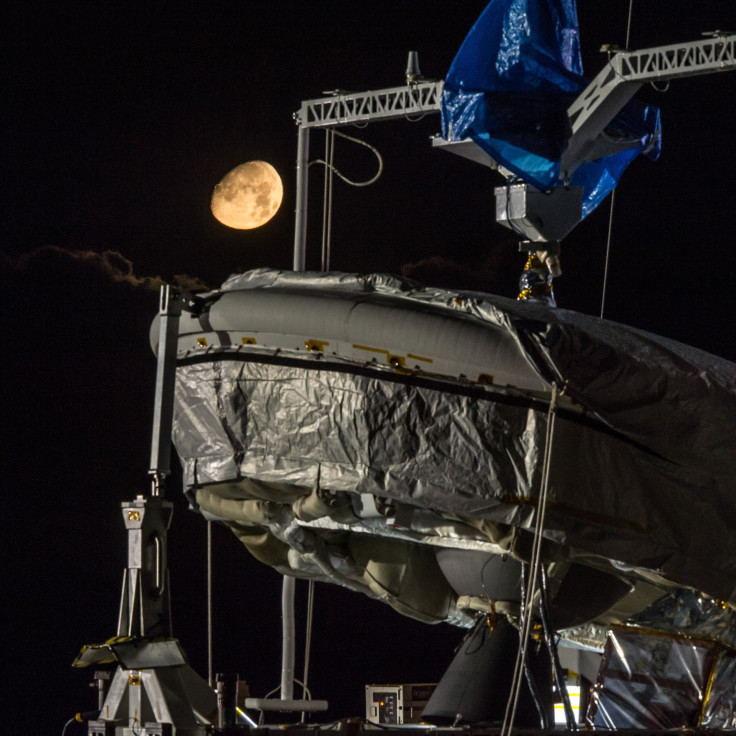NASA's 'Flying Saucer' Live Stream: Watch The Mars Low-Density Supersonic Decelerator Test Here

NASA plans to send a manned mission to Mars by the 2030s, but the space agency has plenty of questions that need to be answered before humans make their way to the red planet. There are upcoming science and robotic missions to Mars -- including the InSight lander in 2016 -- and NASA needs to find a way to keep cargo protected and safe. One vehicle that could be used in future missions to Mars is what the space agency has affectionately dubbed a "flying saucer." NASA will test this new vehicle Monday with live stream coverage beginning at 1 p.m. EDT.
The Low-Density Supersonic Decelerator (LDSD) vehicle, the formal name for agency's flying saucer, could be used to slow down spacecraft and cargo as it enters the Martian atmosphere. Currently, NASA relies on technology and systems developed in the 1970s Viking Program, which launched orbiter Viking 1 in 1975 and lander Viking 2 in 1976. This technology, which is basically a special parachute system, was also used to slow down Curiosity as it entered the Martian atmosphere in 2012.
As missions and landers become larger, there will need to be a new system capable of decelerating heavier cargo. "Landing on Mars is not like landing on Earth, which has a dense atmosphere, or on the moon, which has no atmosphere. Mars has a tricky environment somewhere in between: it has too much atmosphere to allow rockets alone to land heavy vehicles, as is done on the moon, but too little atmosphere to land vehicles from space purely with friction and parachutes, as is done on Earth," NASA explained.
The LDSD vehicle is a rocket-powered, inflatable drag device coupled with a supersonic ringsail parachute. If successful, this vehicle would allow future missions to explore mountains and other high-altitude terrain. The LDSD performed well in its last test in June 2014, but the parachute did not deploy.
For the test, NASA will use a weather balloon to carry the flying saucer to an altitude of 120,000 feet. Cameras will be trained on the balloon-like Supersonic Inflatable Aerodynamic Decelerator (SIAD), the LDSD motor and the parachute deployment. "What we will be looking most closely for is to see what happens on that fourth camera, when at Mach 2.35 our supersonic parachute is deployed," Mark Adler, project manager for LDSD at NASA's Jet Propulsion Laboratory, said in a statement. "It may be hard to see because the transmitted video is low resolution, but we hope to be able to make it out."
You can watch NASA's LDSD test live stream below.
© Copyright IBTimes 2024. All rights reserved.





















